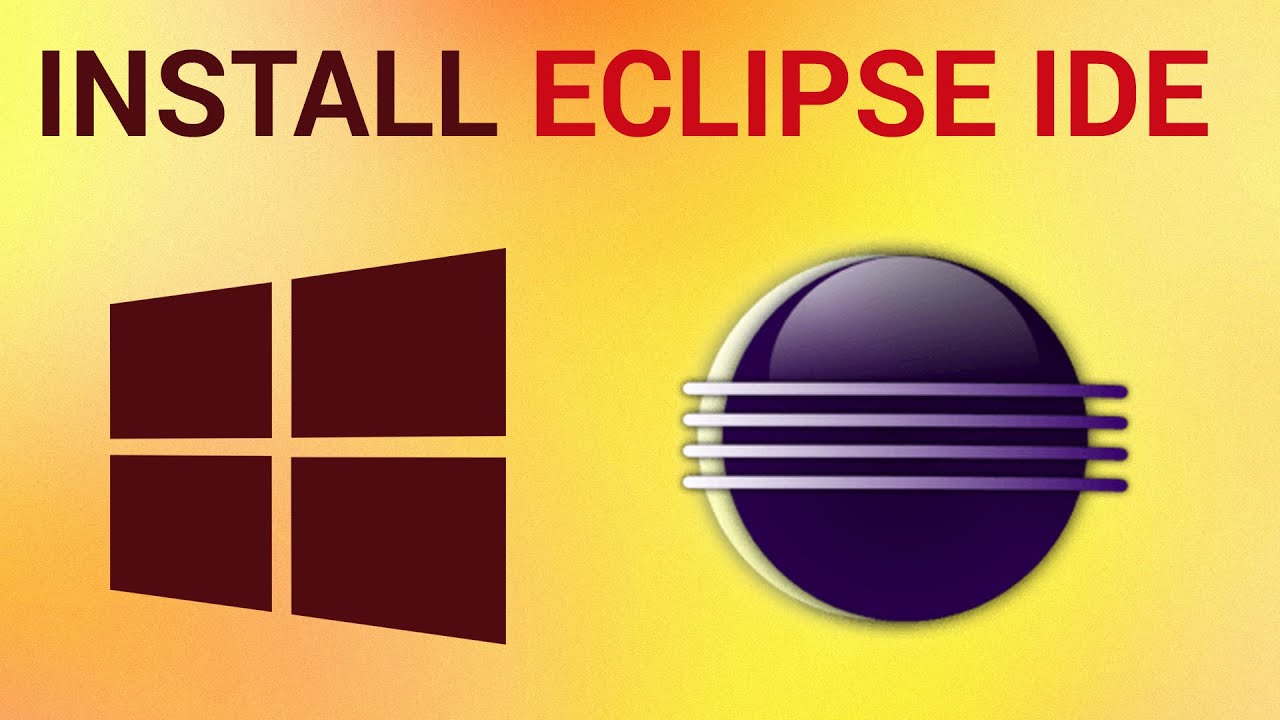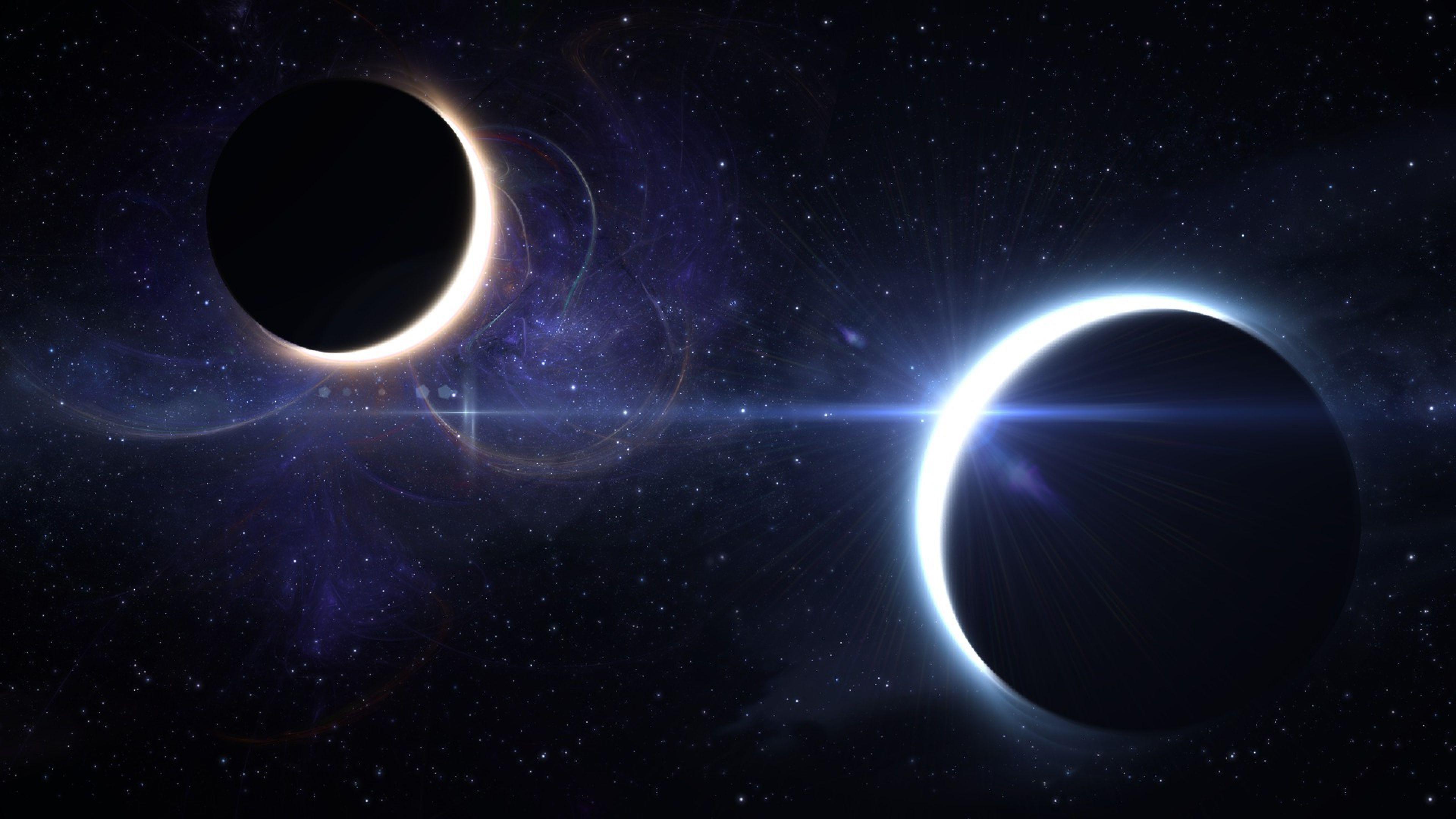


Eclipse 3.3 (June 25, 2007) (Europa - named after another Jupiter's Galilean moons).Eclipse 3.2 (June 30, 2006) (Callisto - named after one of the Jupiter's Galilean moons): started annual simultaneous release of all the related Eclipse projects.Eclipse 1.0 (November 7, 2001): based on an earlier Java IDE called VisualAge from IBM.Eclipse is cross-platform and runs under Windows, Linux and macOS. It also supports C/C++, PHP, Python, Perl, and other web project developments via extensible plug-ins. However, it uses its own Java graphics library known as SWT (Standard Widget Toolkit), instead of Java's Swing/AWT.Įclipse is popular for Java application development (Java SE and Java EE) and Android apps. Eclipse is a desktop app written mostly in Java.

However, Eclipse is not the most elementary program to start with, so it might be too complicated for beginners.Eclipse is a free and open-source Java Integrated Development Environment (IDE), originated from IBM inspired by VisualAge (in 2001), and now maintained by Eclipse Foundation. If you work with C++, try Notepad++, it's a good tool to start with almost any programming language, whether it is Java, or C++. C++ IDE: Eclipse for C++ isn't as good as it is for Java, though you can still use it.To do so, simply go to Preferences > Java > Code Style > Formatter and choose the convenient option. Formatting: Eclipse can also format your source code if needed.Autocorrection: Don't worry if you made the mistake when writing the code, Eclipse will detect and correct it.Autocompletion: The program learns with you and when you are typing the beginning of the code, it suggests the relevant option.Color coding: You can customize your programming shortcuts and use color-coding to your taste.Essential tool for Java programming: Includes Java IDE, a Git client, XML Editor, Maven, and Gradle integration.What are the key features of Eclipse IDE?


 0 kommentar(er)
0 kommentar(er)
